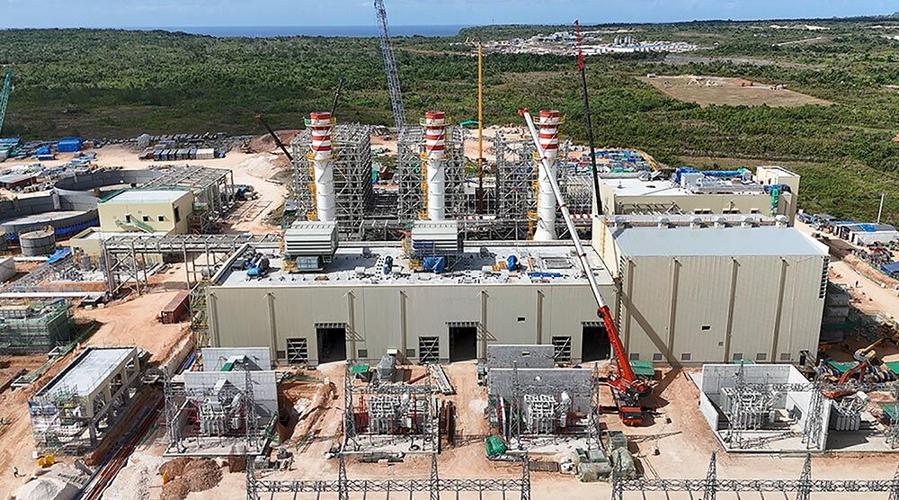Guam confronts a critical challenge in its public power supply until the Ukudu Power Plant comes online around September 2025. This energy gap, while dire, is not a sudden occurrence but a consequence of longstanding issues marked by natural disasters, systemic failures, bureaucratic hurdles, and procurement delays.
The origins of today's challenges lie in the delays in constructing the Ukudu Power Plant, initially scheduled for completion in 2022. Over the years, GPA has faced permitting challenges, regulatory obstacles, and typhoon-related delays, despite its efforts to boost reserve capacity since 2019. As a result, Guam now grapples with insufficient power generation, particularly strained during peak demand months characterized by soaring temperatures.
Guam's inefficient procurement process has further hindered GPA's ability to bridge the energy gap to Ukudu, resulting in losses of up to 102 MW that are unavailable to customers today. These delays are costly and have left Guam with a significant power deficit that GPA is actively working to rectify.
The vulnerability to load shedding poses risks to public health, safety, and economic stability. In response, GPA has taken proactive measures to mitigate the immediate impacts of the power shortfall, including securing temporary power from a single vendor capable of delivery within 100 days.
Recent developments, particularly the withdrawal of legal representation by the Attorney General's Office, underscore GPA's initial concerns regarding delays in the statutorily required legal responses that impede the procurement process. Nonetheless, GPA remains confident that solutions will be found in the upcoming weeks. By utilizing in-house counsel, GPA is well-equipped to navigate procurement law effectively and expedite necessary procedures.
GPA has adopted a multi-pronged approach to address the energy capacity gap until the commissioning of the state-of-the-art combined cycle power plant, expected to provide over 198 MW. Projects completed ahead of schedule include the repair of Piti 7 and the shifting of up to 14-16 MWh of daytime energy from solar batteries to address peak demand between 5-11 pm.
The anticipated completion of repairs to the typhoon-damaged Yigo Combustion Turbine is forthcoming, alongside the repair and addition of diesel units throughout the island to add much-needed capacity. The additional energy will alleviate the burden on the 50-year-old Cabras units, which are overdue for retirement but continue to serve the people of Guam. GPA's diligent maintenance of these units will persist until power generation issues are addressed.
To keep customers informed, GPA has utilized its resources to provide updates on ongoing work and completed projects. Customers are encouraged to visit guampowerauthority.com and GPA’s social media pages for the latest news on how the capacity gap is being addressed.
Though Guam is at a critical juncture, it is temporary. Despite the challenges, brighter days lie ahead for the people of Guam.



(1) comment
Does this mean Guam will no longer rely on the U.S. Navy for Commercial Power Generation?
Welcome to the discussion.
Log In
Keep it Clean. Please avoid obscene, vulgar, lewd, racist or sexually-oriented language.
PLEASE TURN OFF YOUR CAPS LOCK.
Don't Threaten. Threats of harming another person will not be tolerated.
Be Truthful. Don't knowingly lie about anyone or anything.
Be Nice. No racism, sexism or any sort of -ism that is degrading to another person.
Be Proactive. Use the 'Report' link on each comment to let us know of abusive posts.
Share with Us. We'd love to hear eyewitness accounts, the history behind an article.